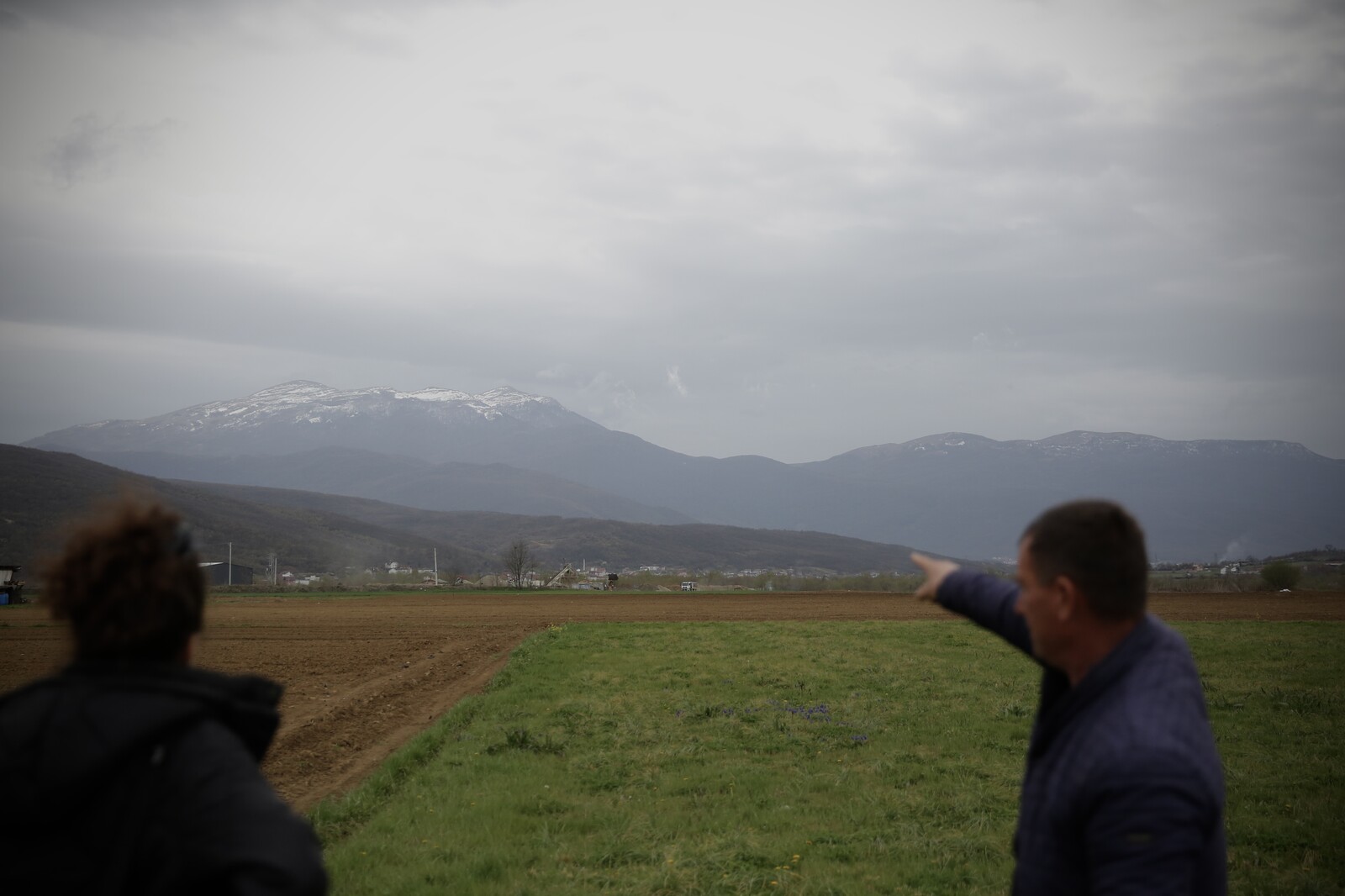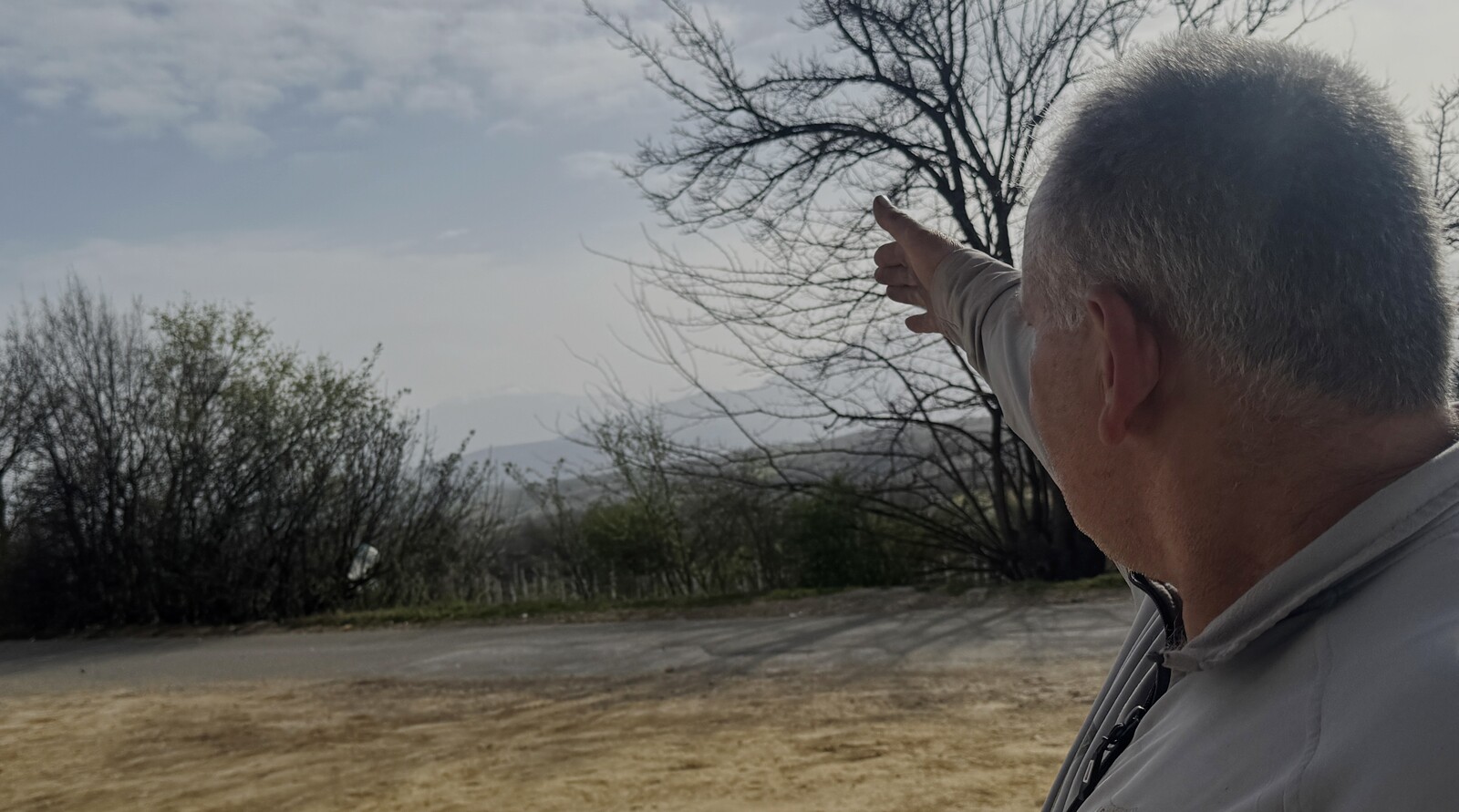Lulebora nuk çel më. Emerging Assemblages
May 10–November 23, 2025
Arsenale
Sestiere Castello Campo della Tana 2169/F
30122 Venice
Italy
kosovopavilion.biennale@gmail.com
The Pavilion of the Republic of Kosovo at the 19th International Venice Architecture Biennale presents Lulebora nuk çel më. Emerging Assemblages, a sensorial exploration of rupture and reconfiguration in Kosovo’s shifting landscapes: the uprooting of ecological relationships and embodied knowledge systems under climate pressure, and the new forms of sense-making that emerge in liminal spaces of uncertainty.
Grounded in fieldwork with farmers across Kosovo, the project traces a landscape in transition, where longstanding crops like wheat and beans struggle, while new ones such as kiwi and figs take root. This agricultural shift reflects a deeper epistemic rupture: the faltering of sensory cues and seasonal markers that farmers have relied on for decades—exposing the fragility of situated forms of knowledge, while creating space for their recalibration.
Lulebora nuk çel më. Emerging Assemblages materializes these ecological tensions through sensory-material elements that resist capture by predictive models: the soils and smells of this uncertain landscape.
Covering the pavilion floor is a range of soils sourced from two major Kosovar plains, from dark, fertile topsoils to lighter, mineral-rich strata that reflect deeper, less mutable geologic layers, revealing both the embedded constraints and adaptive possibilities of a changing landscape. As farmers note, soil behaves differently across regions and seasons, shaping what can be planted and when. This soil is neither static nor passive, but an active participant in ecological becoming—inscribing dynamic markers of change that resist standardized measurement.
At the heart of the pavilion is a relational calendar that expresses these new agricultural rhythms through smell, our most intimate and unquantifiable sense. This olfactory calendar is organized not by date, but according to ecological thresholds—moments that farmers identify as critical to the life cycles of key crops. Drawing from farmers’ embodied accounts, each scent acts as a temporal node in a rhythmic assemblage of change, rendering sensible the stories of vanishing crops, delayed flowering, and emergent ecologies—affirming the hyperlocal nature of embodied knowledge even as it drifts into new patterns. In this way, rupture becomes not only a marker of loss, but a space for reconfiguration.
Emerging Assemblages invites us to stay with what cannot be fully mapped or measured—to listen, smell, and feel our way through a world in transition.
Digital platform and publication
Lulebora nuk çel më. Emerging Assemblages also features a web-based platform that extends the research beyond the physical space of the pavilion. The website offers a dynamic tool for exploration, engaging visitors in layered perspectives on the project’s themes.
Following the pavilion’s official opening, a publication will be released featuring essays, fieldwork insights, critical reflections, and textual explorations that further expand on the research and the spatial imaginaries it evokes.
Biography of Erzë Dinarama, architect and curator
Erzë Dinarama is an architect, interdisciplinary designer, and researcher whose work integrates urbanism, landscape architecture, and ecology to address environmental challenges through design and aesthetic research. She has taught at institutions such as the Polytechnic of Milan, ETH Zurich, and Polis University, and has presented her research at conferences like Acadia and eCAADe. Erzë has exhibited at the Pecci Museum and collaborated with Carlo Ratti Associati, Studio Olafur Eliasson, and the Manifesta Foundation. She is the founder of the SRD Institute, focusing on the spatial dimensions of ecological challenges, and is currently an artist-in-residence at the S+T+ARTS4WaterII project within the EU STARTS program.
Credits
Architect, Curator: Erzë Dinarama / Commissioner: The National Gallery of Kosovo / Organiser: Ministry of Culture, Youth and Sport of the Republic of Kosovo / Venue: Arsenale, Sestiere Castello Campo della Tana 2169/F 30122 Venice, Italy.
About the Kosovo Pavilion
The Republic of Kosovo has been participating at the International Architecture exhibition of the Venice Biennale with a national pavilion since 2012. Past presentations were composed of work by Përparim Rama (2012), Gëzim Paçarizi (2014), Eliza Hoxha (2018), Maksut Vezgishi (2021), and Poliksen Qorri–Dragaj & Hamdi Qorri (2023).
Press inquiries
International press: Close Encounters PR, Nadia Fatnassi, T +33 652 086 908 / nadia [at] closeencounters.fr
Albania Press: GIRLS, Rina Meta—Kosovo, T +386 49 811041 / metarina [at] gmail.com.




